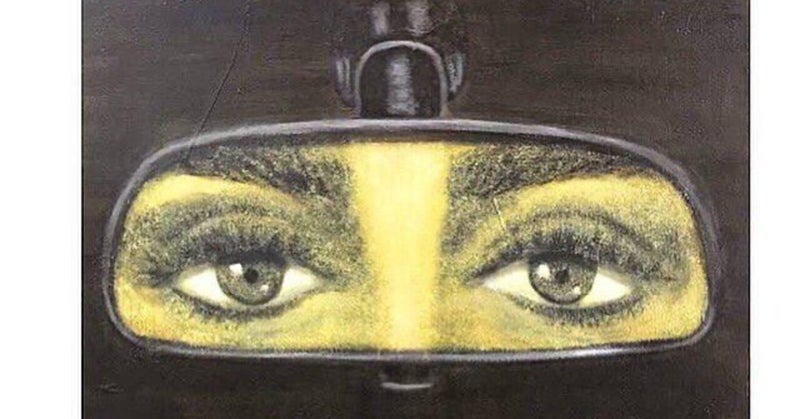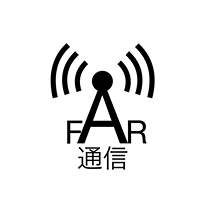
- ARAB NEWS
- 12 Jul 2025

Arab News Japan
FAR Connections is a blog where art students from different countries introduce local exhibitions and artists to bring contemporary art worldwide to Japan. It was set up by two students, Masaki Ishikawa from Glasgow School of Art and NOBU from University of the Arts London.
The two had a conversation asking what advantages they can take out of studying abroad and that is how the blog started. “When we both studied abroad and got to know the artistic environment in both countries, the UK and Japan, we realised that the circumstances of contemporary art – the way it is presented in museums and galleries, and the way it fits into our daily lives – are very different,” they told Arab News Japan.
Another blog promoting contemporary art to Japan was already started. But they had wanted to set up another website about contemporary art in collaboration with international students from Japan.
“I rarely see Japanese art students in the UK as their number seems to be few. I talked to my friend Masaki, who is currently studying in Glasgow, about my idea. He also wanted to host a place where we could exchange information because there is a limit to finding new information and stimulation on one’s own in life under current circumstances,” Nobu said.
They then decided to open an account on Twitter and start posting articles.
“Our target audience is high school and university students studying art, as well as the general public who are interested in art. The ability to see art information from around the world in real time makes it a medium for art students to learn about the world art scene, and for the general public to know about the culture of different countries.”
The pair have been trying to increase the number of art students, alumni, and art professionals studying in different countries as we want more diverse information and opinions. They are currently based in London, Glasgow, Dusseldorf, and Riyadh.

Particularly, Saudi Arabia has been a valuable source of information in this context. The arts from the Middle East region are not well known in Japan.
“The major exhibition I know of is ‘Roads Arabia – Archeological Treasures of Saudi Arabia’ at the Tokyo National Museum in 2018, which dealt with historical-cultural assets. But when it comes to contemporary art, we rarely get the chance to see it. Three years ago, my friend, Faisal Khalaf, who is also a participant in this activity, invited me to Saudi Arabia,” he explained. “He took me to the Misk Art Week, an art fair organised by the Misk Art Institute, and some famous art galleries.”
The art based on Islamic society was unique and exciting, not found in Japan or Europe and the United States. In Islam, it is forbidden to paint portraits of people such as the Prophet Muhammad as this is idolatry. Although it is not explicitly mentioned in the Qur’an or some Hadiths, many Muslims view visual depictions negatively.
“I found many works of descriptive with letters and decorative calligraphy, which had a different geometric aesthetics to Japanese calligraphy. As for other painting motifs, there seemed to be a relatively high number of works depicting horses. My friend’s acquaintance also has an owner who raises thoroughbreds such as racehorses and beautiful horses for competitions such as beauty contests. I found this culture is rooted firmly here. There were also many portraits of the King and the Crown Prince, showing that they are well-liked by the Saudi people. Contemporary art has also developed in Saudi Arabia in its own way, based on its own religion and culture, although it is influenced by the West,” Nobu explained.
Faisal Khalaf is a writer who was also asked to help contribute to the articles and the promotion of local artists. In the first article he contribute, he introduced a female artist, Modhi Muslih.
Modhi Muslih|FAR通信 @FARtsushin #note https://t.co/p6cidsMHQL
— FAR通信 (@FARtsushin) February 7, 2021
今回は初のサウジアラビアのアーティスト紹介です。独特なイスラム社会の中で作られる作品が、どのようなものなのかをお届けします。#サウジアラビア #現代アート #アーティスト
FAR Connections is still in an early period of development. However, as activities are carried out, the pair hope to gradually increase the number of members and create a hub where members can connect and other artists and our readers interactively.
In terms of the Arab region, FAR hopes to introduce more local exhibitions and artists in Saudi Arabia and in other Middle Eastern countries.